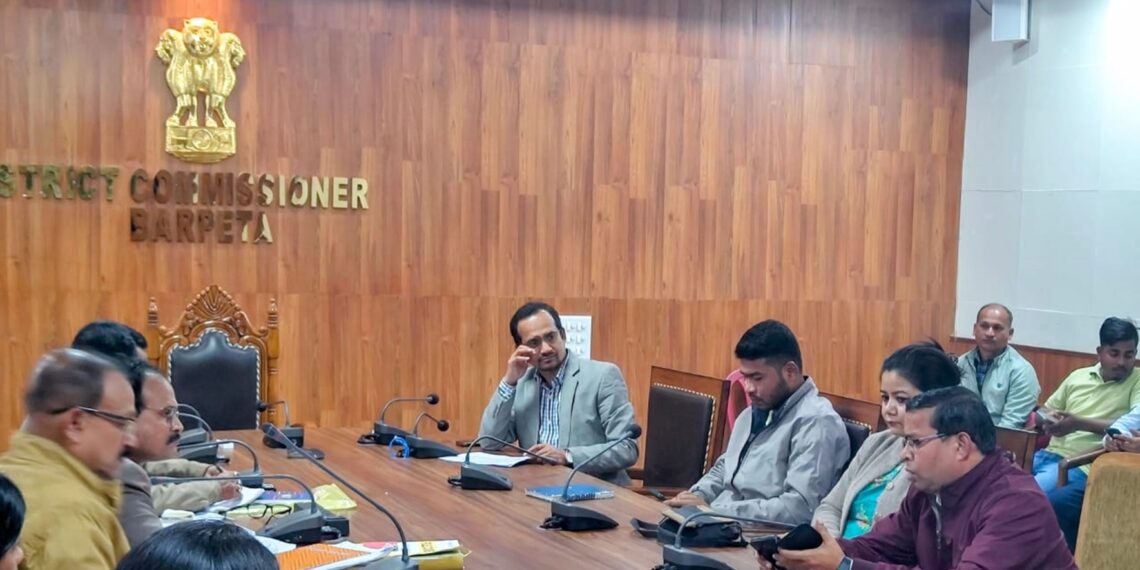Barpeta: Barpeta district in Assam is making notable strides toward achieving its paddy procurement target for the year 2025, as revealed during a meeting held on January 17.
The meeting was chaired by Additional District Commissioner (Agriculture), Jayanta Bora, ACS, along with the District Agriculture Officer (DAO) and other key stakeholders.
According to ADC Jayanta Bora, Barpeta has seen significant improvement in its procurement process this year compared to the same time last year.
“Last year, at this point in time, we had achieved only 13% of our target. This year, we’ve already reached 35% of our target,” Bora announced.
As of the latest update, a total of 6,700 metric tons (MT) of paddy has been procured out of the district’s target of 18,000 MT for the season.
In order to ensure a smooth and uninterrupted procurement process, the ADC highlighted a few key measures that have been taken.
One of the major steps is the expedited lifting of rice from the Food Corporation of India (FCI) godown.
“We have decided to speed up the lifting of rice to ensure there are no disruptions in the procurement chain,” said Bora.
The government’s paddy procurement mechanism aims to curb the influence of middlemen and unauthorised traders in the market, ensuring that farmers get fair prices for their crops.
Registered farmers can bring their paddy to the nearest Primary Procurement Centre (PPC), where they are able to sell at the Minimum Support Price (MSP) of Rs. 2,300 per quintal.
The procurement is carried out through three agencies – AFC-SCL, FCI, and NAFED – across six designated PPCs in the district.
DAO Munindra Basumatary pointed out that one of the key reasons for the increased interest among farmers this year is the higher procurement price.
“The price has been raised this year, which has encouraged more farmers to sell their paddy at the PPCs,” Basumatary said.
With these ongoing efforts and improvements in the procurement process, Barpeta is on track to meet its paddy procurement goals, benefiting both the farmers and the local agricultural economy.















